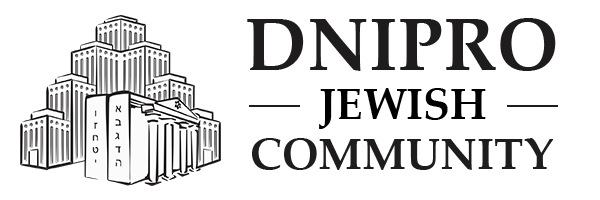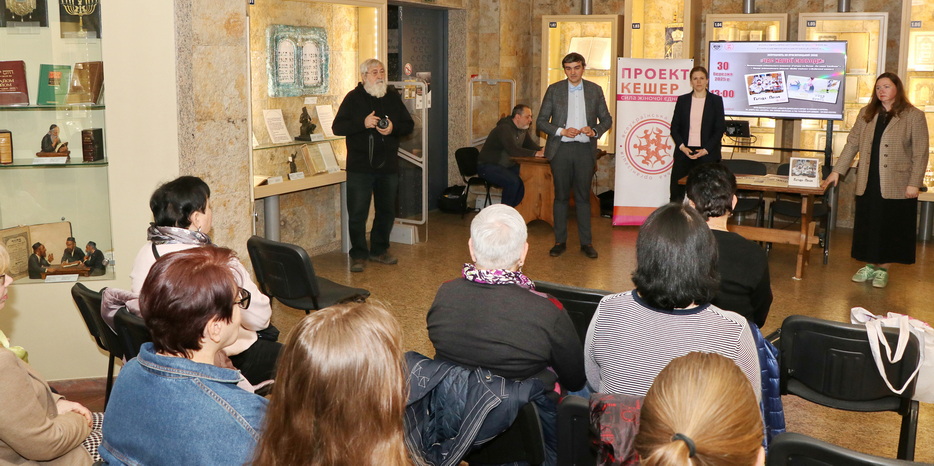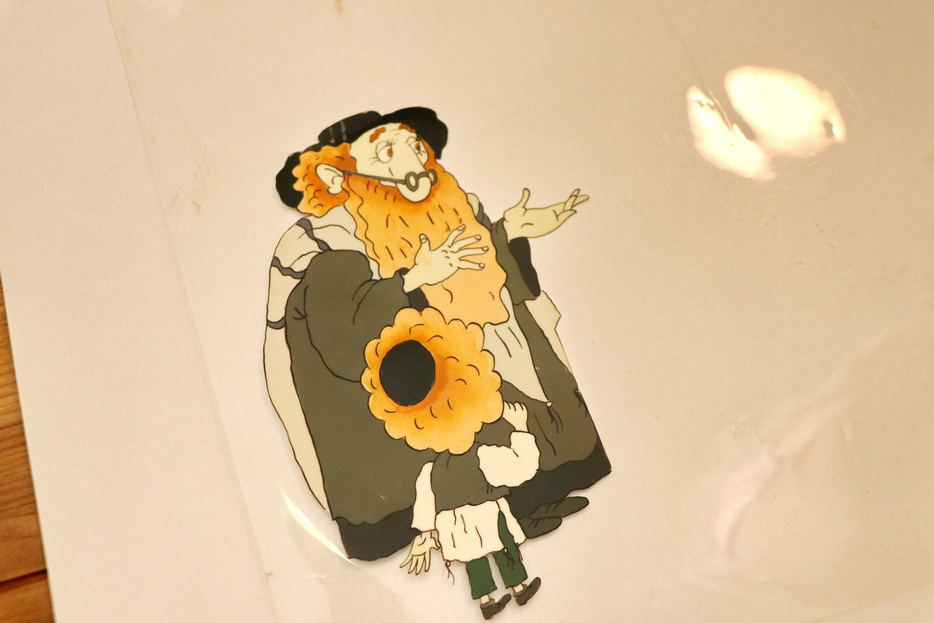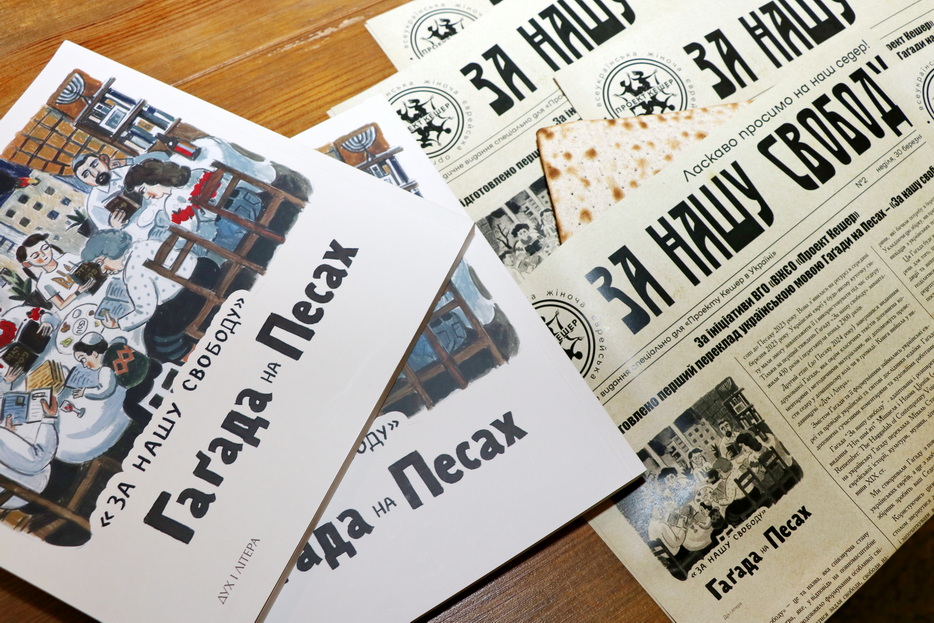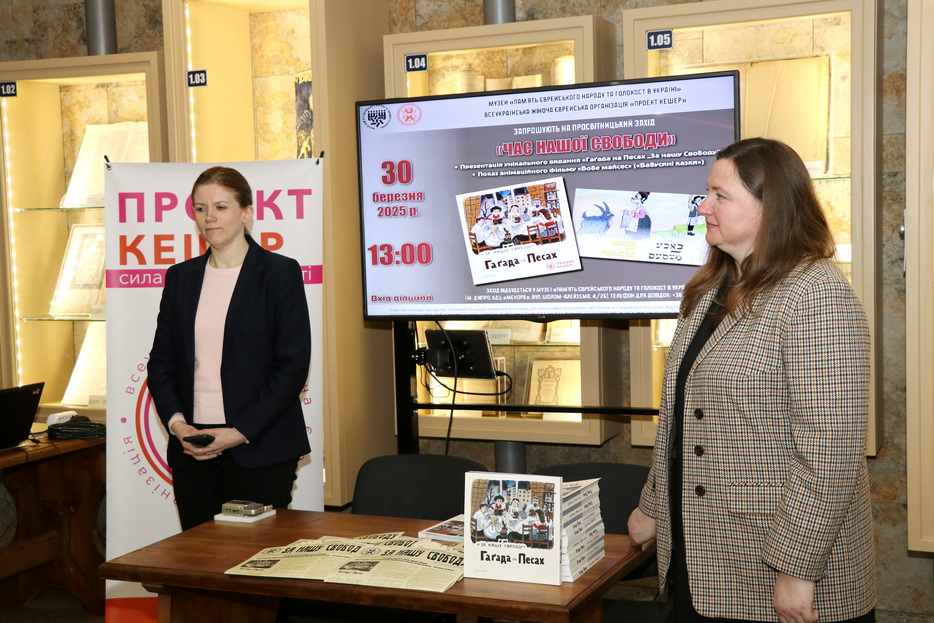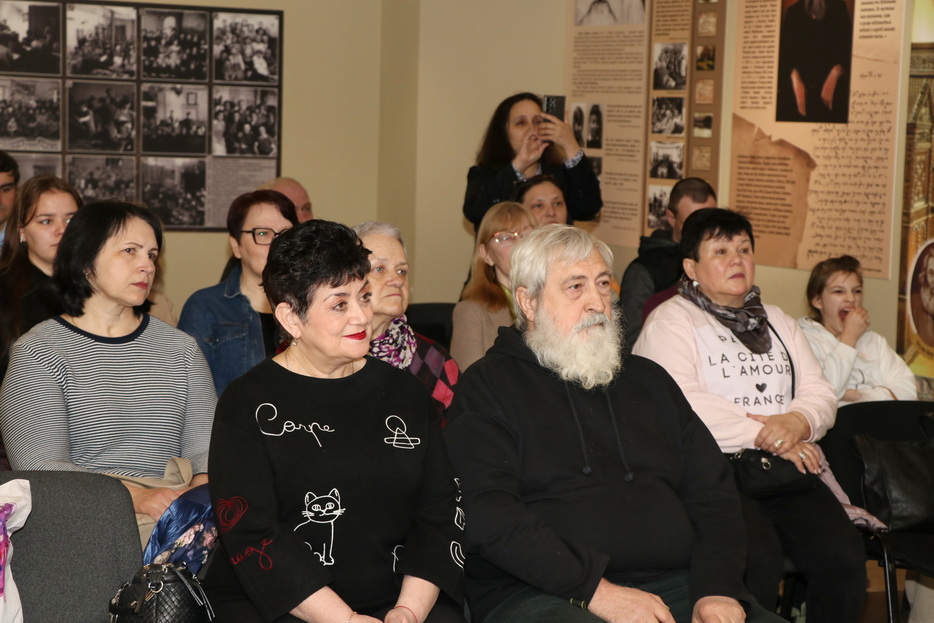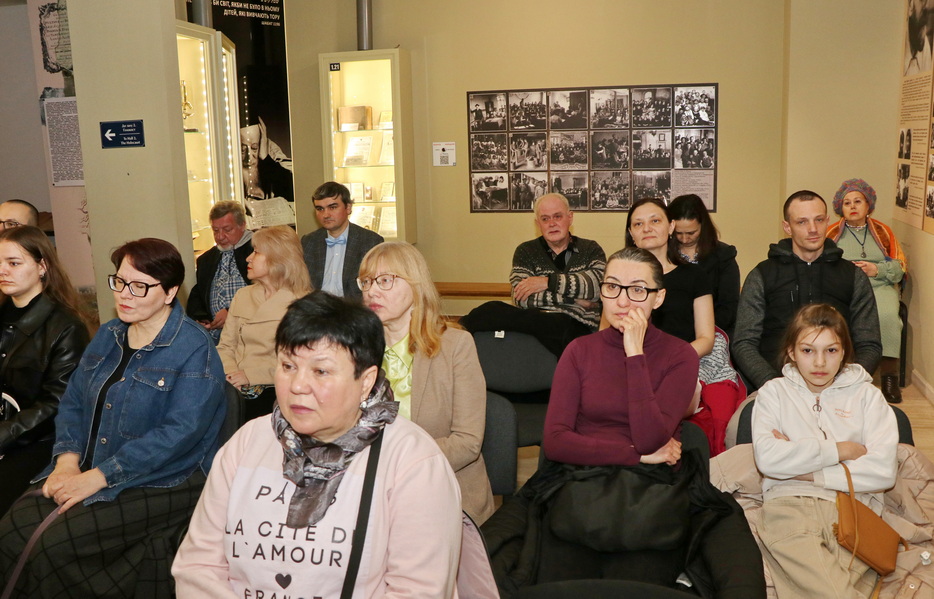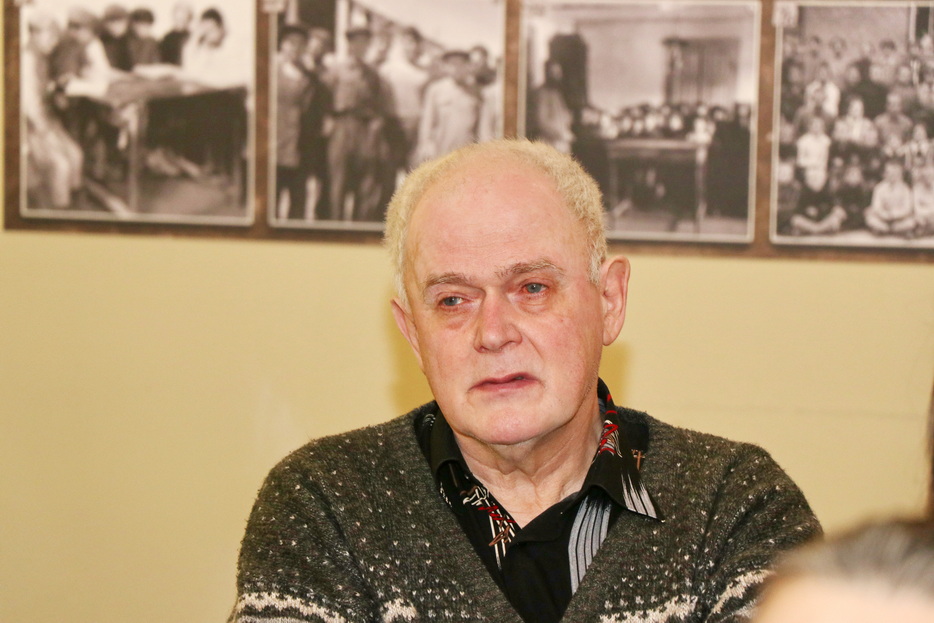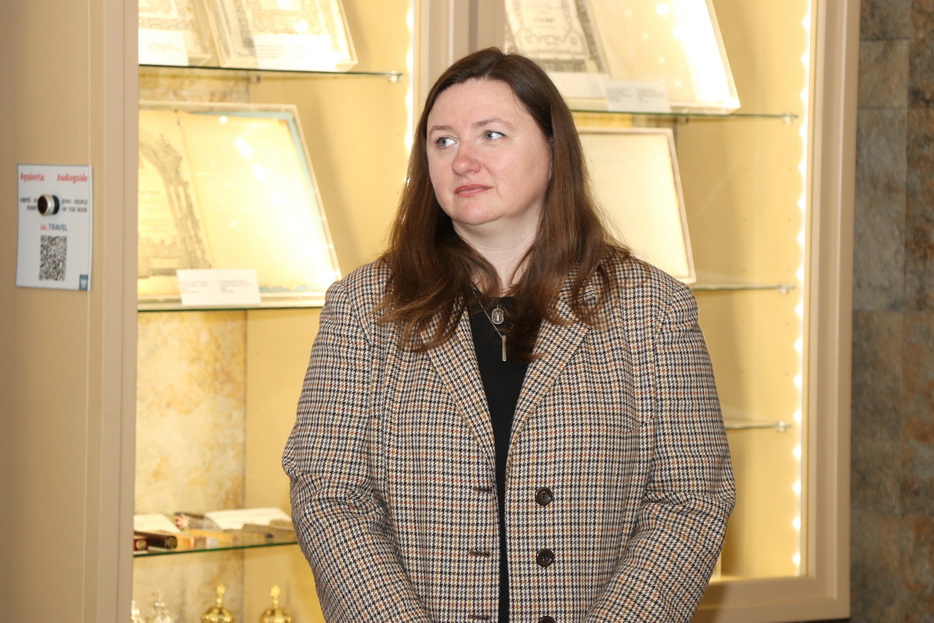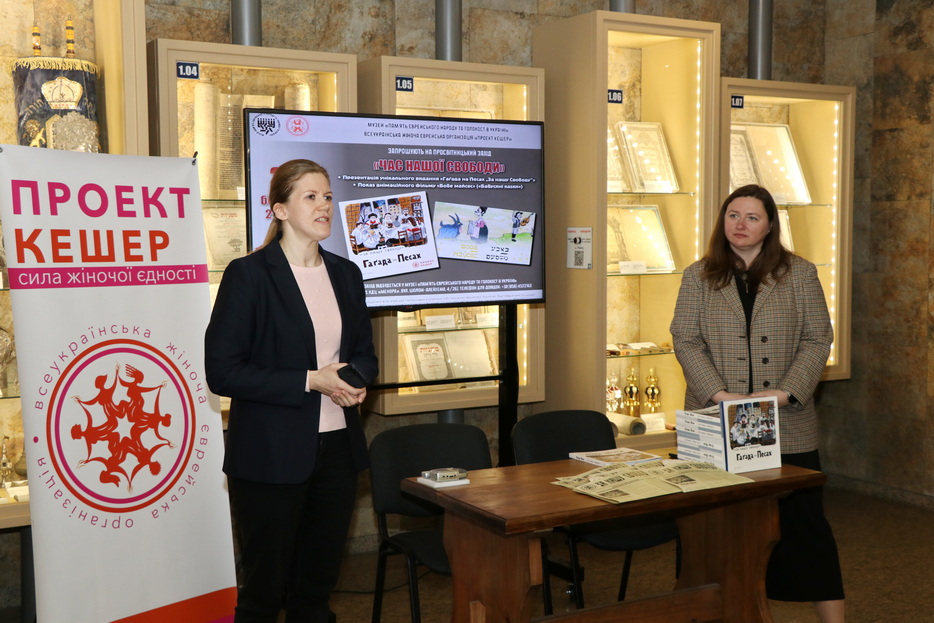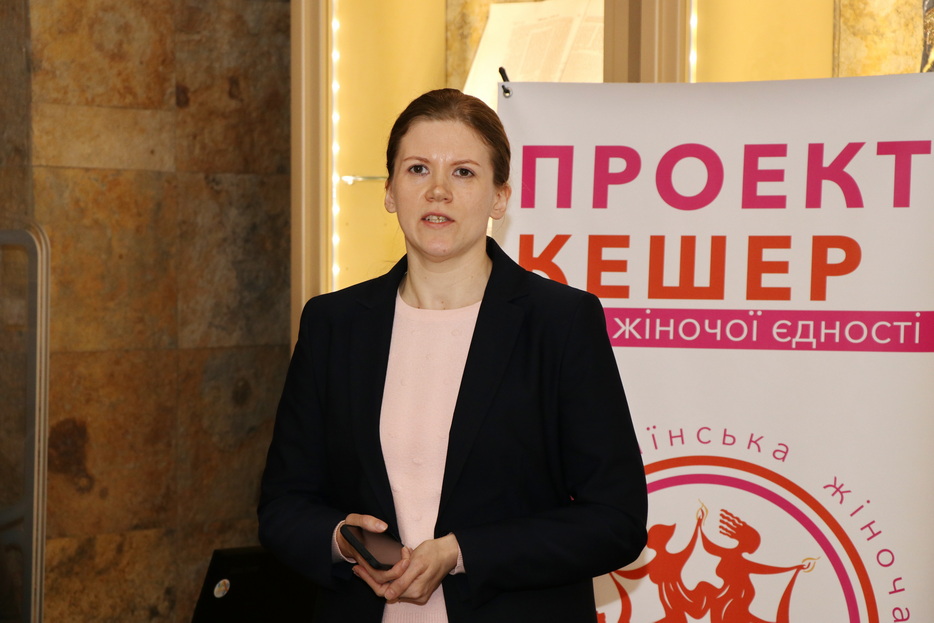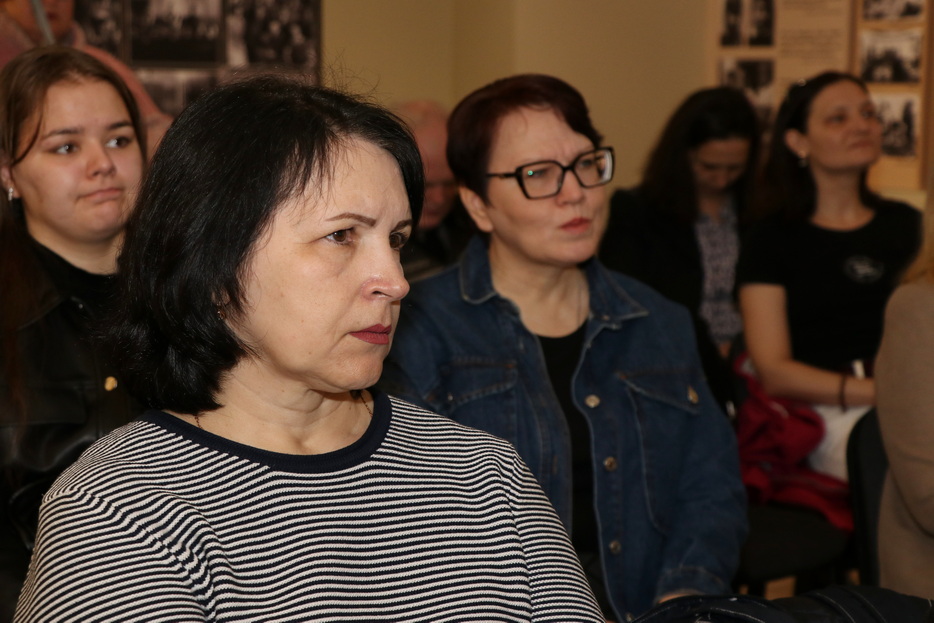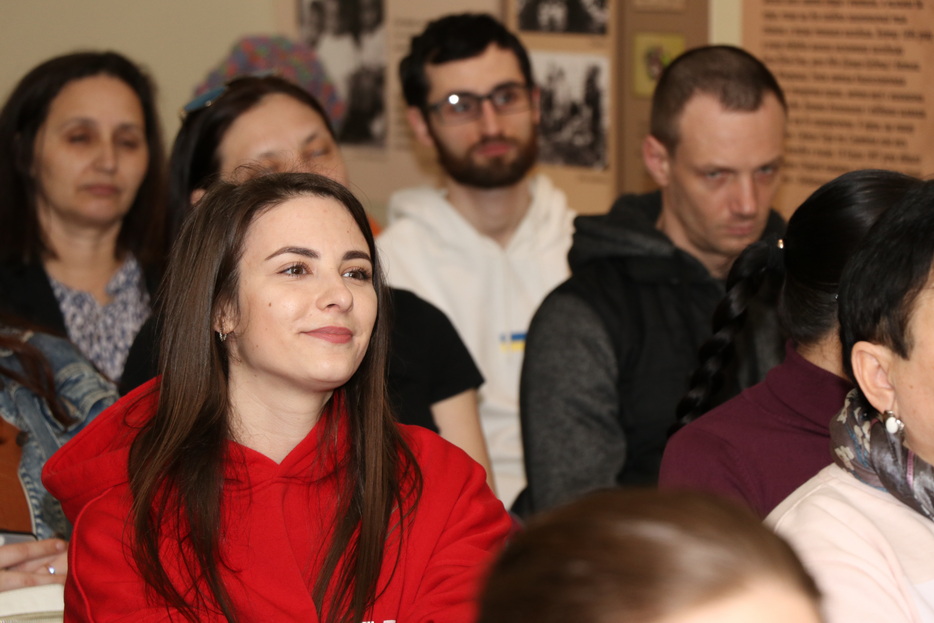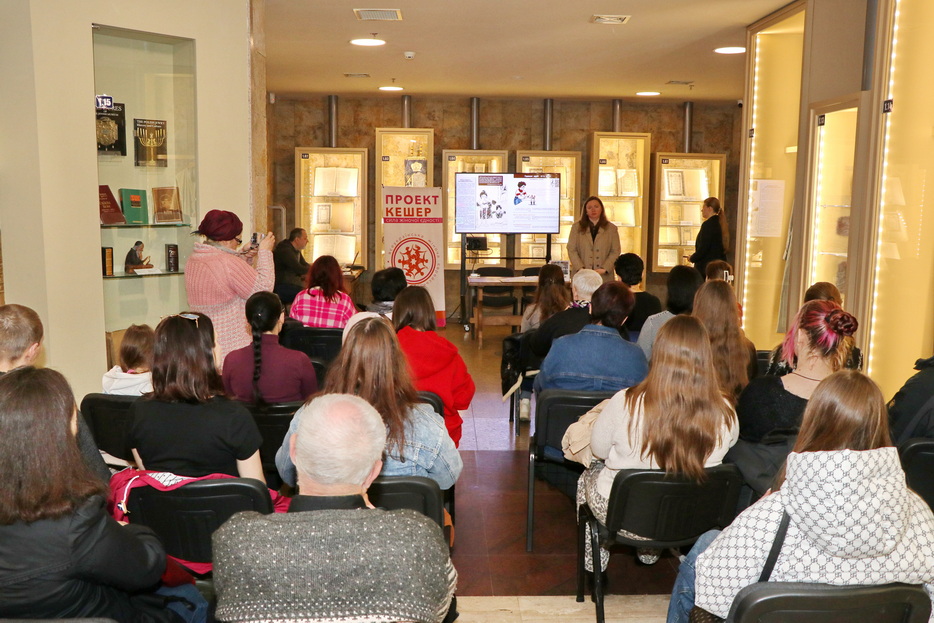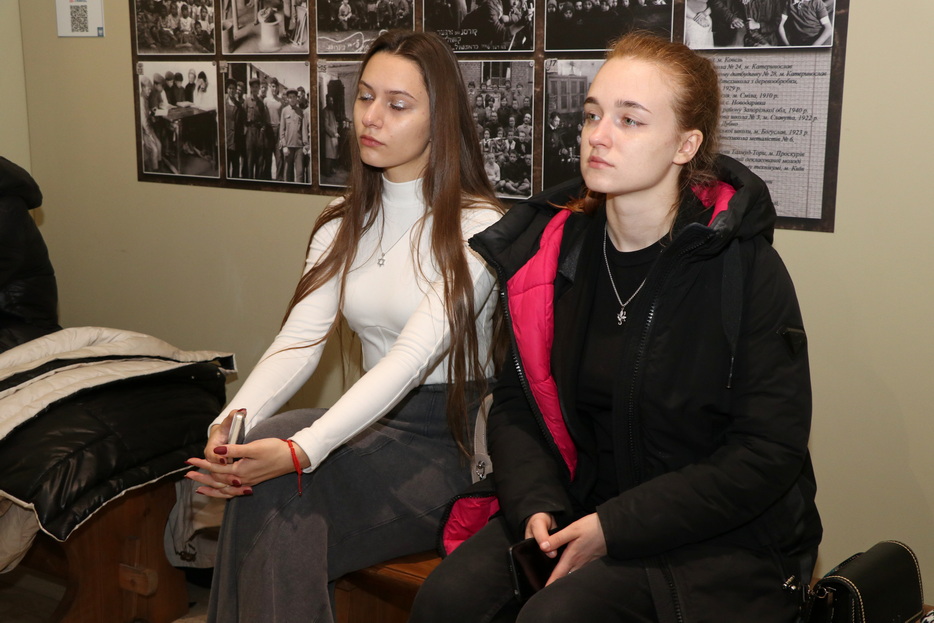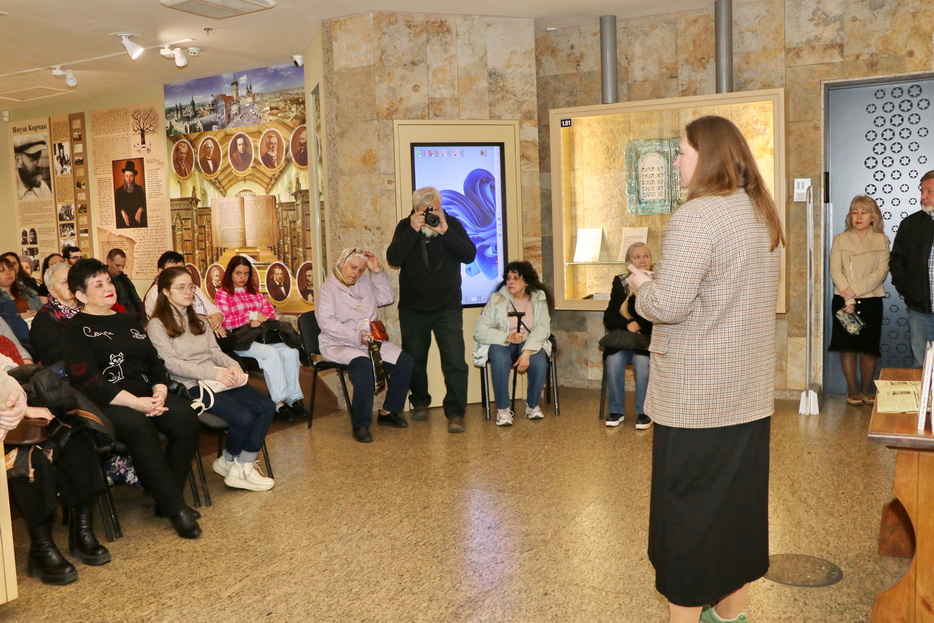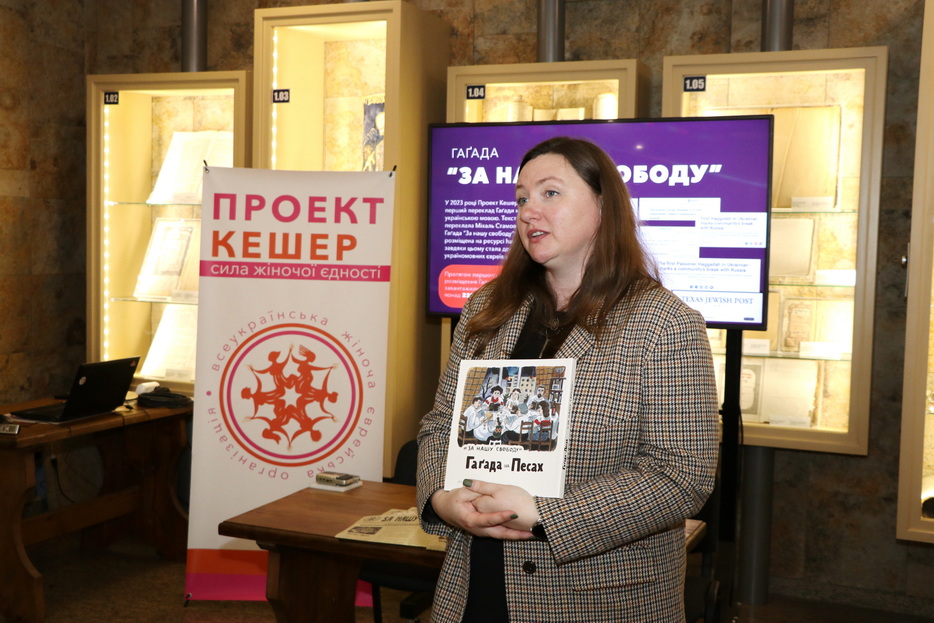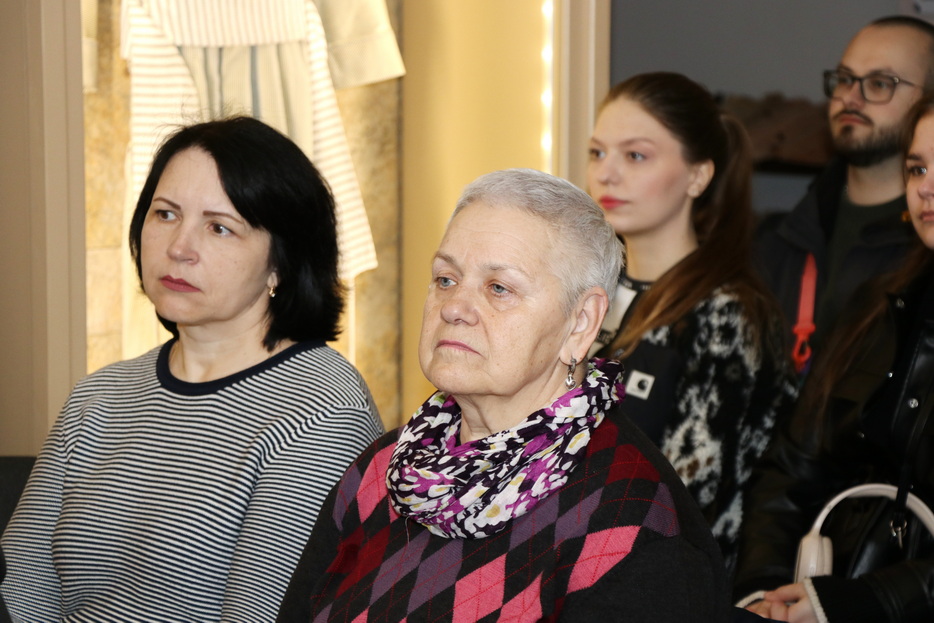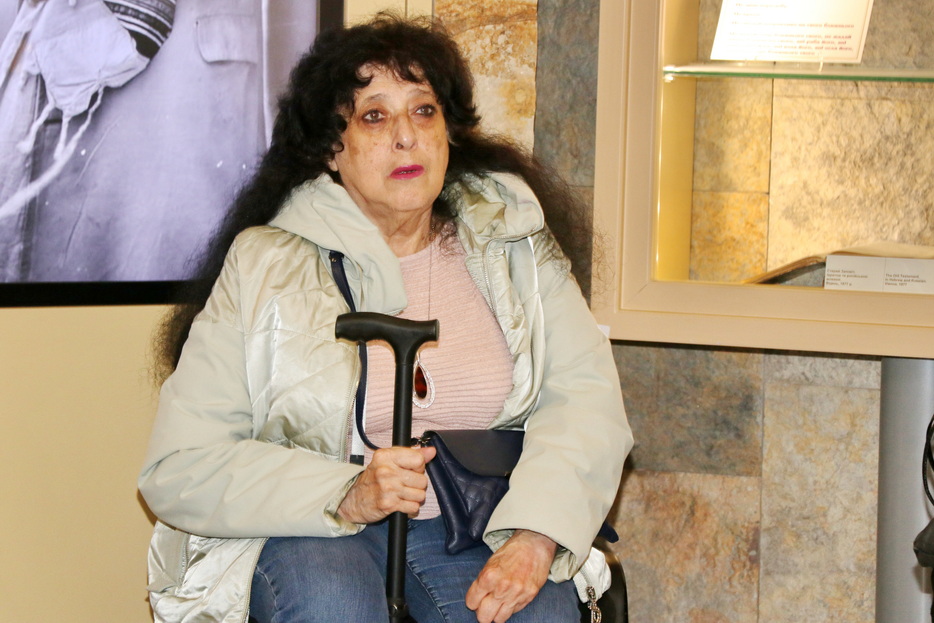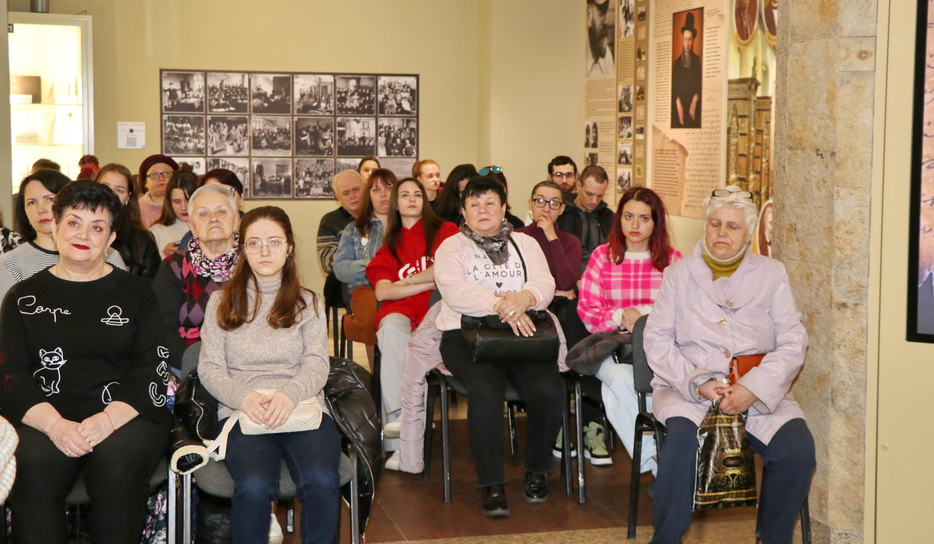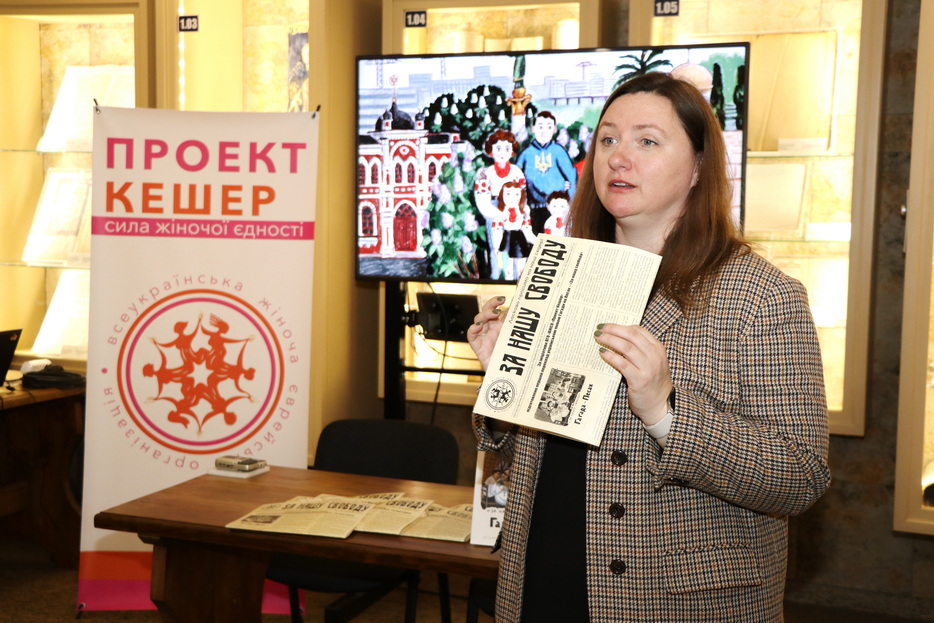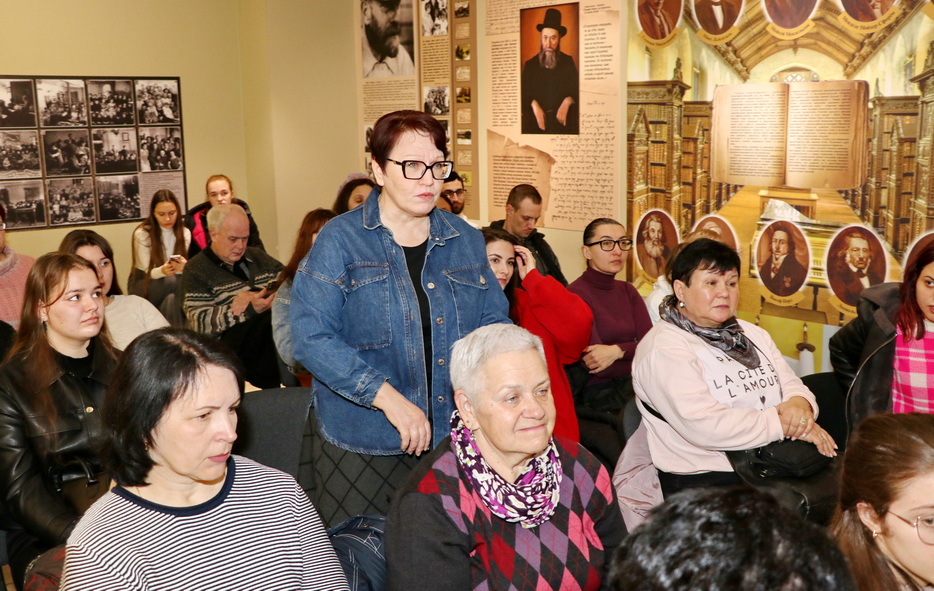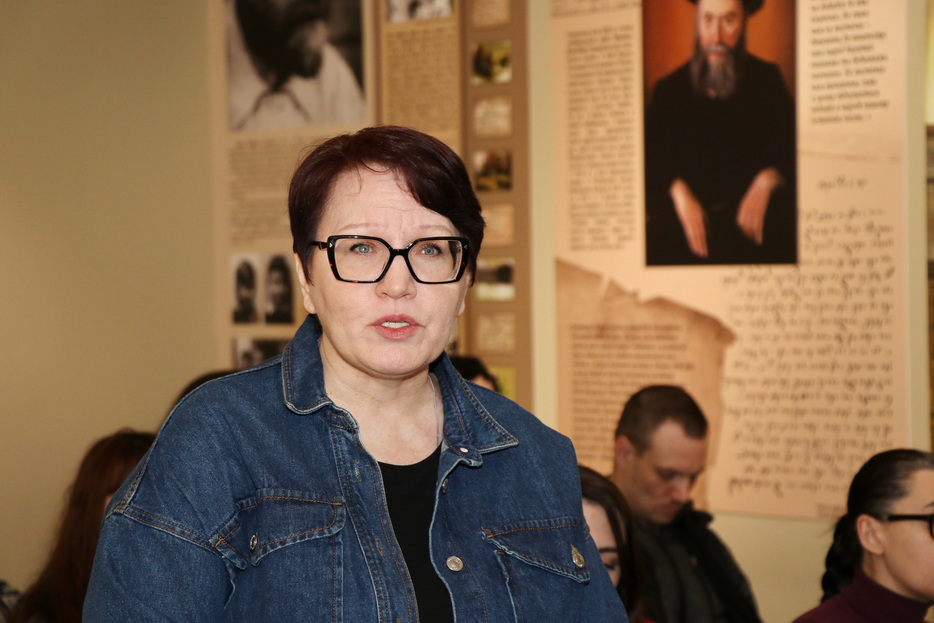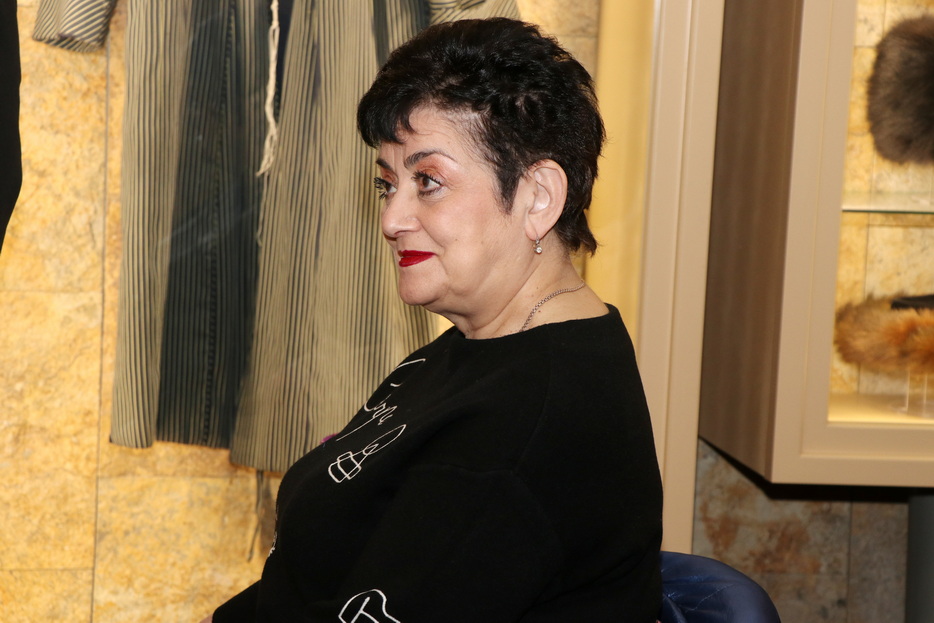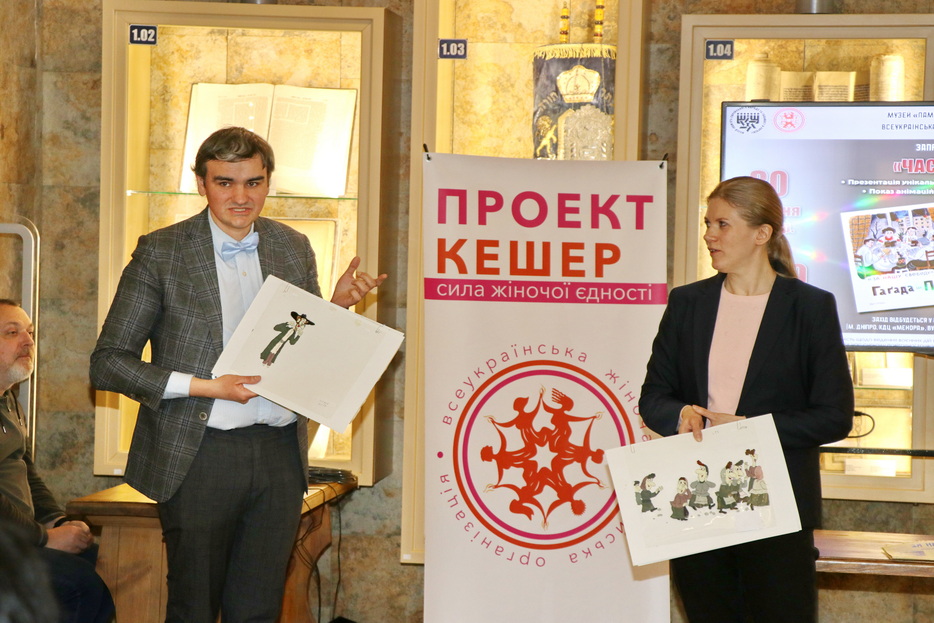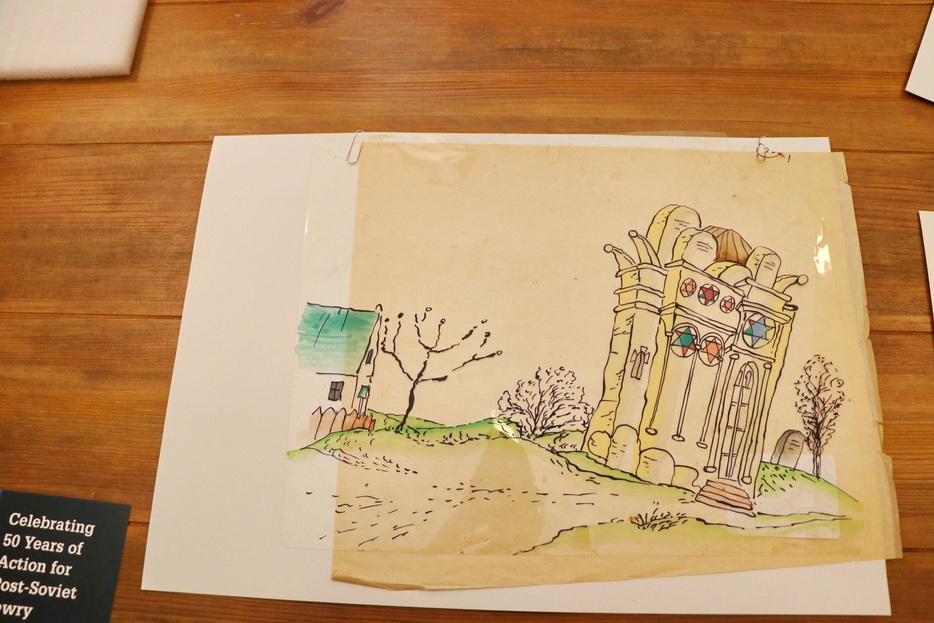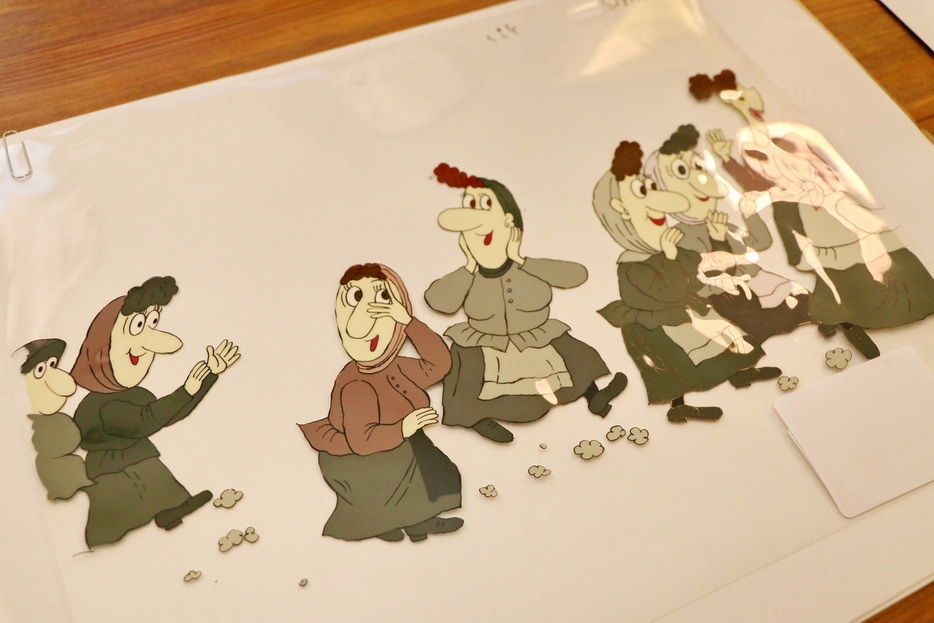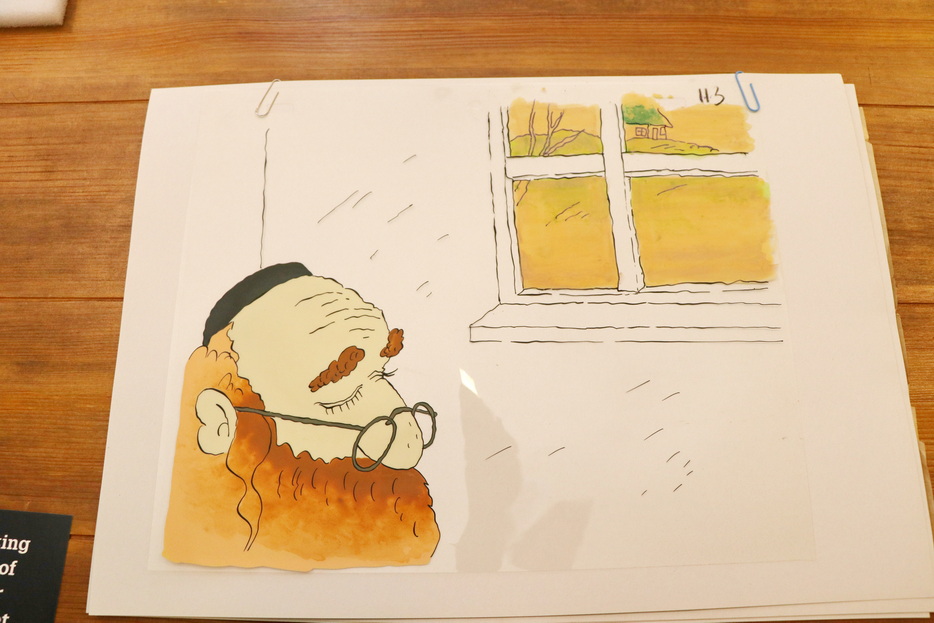An important cultural event took place at the Museum of Jewish Memory and the Holocaust in Ukraine: a presentation of the unique edition of the Haggadah for Passover “For Our Freedom” and a screening of the animated film “Bobe Maises” (“Grandma’s Tales”). The event was timed to coincide with the Passover holiday, which is about to begin.
The Museum’s director, Dr. Iryna Radchenko, told the audience about the Haggadah and its significance in Jewish tradition, as the reading of the Haggadah has been a major part of the Passover dinner for many centuries and remains an important part of Jewish identity. Thanks to the initiative of the All-Ukrainian Women’s Jewish Organization Project Kesher, a printed version of the Haggadah in Ukrainian was created, and it was presented by one of the compilers, Regional Manager of Project Kesher Olena Kolpakova, who said that the book “Haggadah for Pesach ‘For Our Freedom’” was published by the Dukh i Litera Publishing House in the spring of 2024 and is freely distributed to Jewish educational institutions and other institutions.
Another part of the event was the screening of the animated film Boba Maises in a new Ukrainian voice acting by the Hero of Ukraine and People’s Artist, the legendary Ada Rogovtseva, in 2024. The animated film “Boba Maises” is an outstanding example of Ukrainian animation and is based on the Jewish folklore of Podillia. The author of the film (created in 1993 by the MaGiKa-Film film company) is Ukrainian animation director and screenwriter Olena Kasavina.
After the screening, the participants of the event were presented with artifacts from the Museum’s collections of the Memory of the Jewish People and the Holocaust in Ukraine, namely the original sketches of the animated film Bob the Mouse, which, given the absence of 1993 negatives, are unique examples of the formation of Ukrainian animation.
“The event aroused great interest among visitors – representatives of the Jewish community, educators, and everyone who cares about Ukrainian-Jewish interaction and the issue of national identity,” emphasized Museum director Iryna Radchenko.
